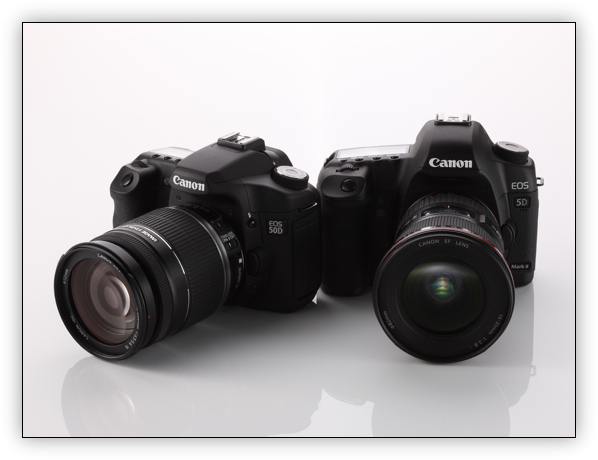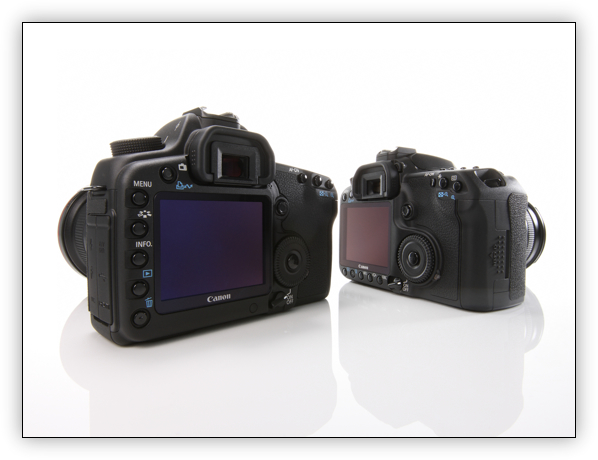Getting used to a new DSLR camera can be a daunting task, especially for folks moving from an APS-C to a full-frame sensor. Most of us that began our photographic journeys with a 35mm SLR felt a little "cramped" the first time we used a "crop body" DSLR like the original EOS Digital Rebel. We had to get used to the smaller, darker viewfinder and the much more narrow field of view. All of these things made us "adjust" our photographic "style" to accommodate the new medium, but adjust we did.

Today, folks that move from "crop body" DSLR cameras to their full-frame counterparts are experiencing a similar adjustment period and finding it a little disconcerting. Their favorite zoom lens doesn't seem to "reach" as far as it once did and their wide angle lenses are not nearly as sharp around the edges as they once were. Many folks find themselves frustrated with images that just don't seem as sharp and they begin to question their decision and the large sum of money they've just spent.

When I first started shooting with a 5D Mark II, I would swear that my 50D was producing sharper (raw) images using the same, high quality (L Series) lens. I couldn't understand why my 5D2 s landscape shots at f/8 looked much "softer" than those taken with my 50D. I couldn't comprehend why all my hand-held shots looked much softer than those taken with my 50D. What the hell was going on?
For those of you out there having this experience please know that you're not alone. And please understand that it takes weeks and sometimes months to "learn" how to use your new full-frame camera and to "unlearn" some bad habits created by using a crop body camera. Here are a few key points to remember:
- The higher the resolution your sensor is, the more sensitive it is to camera shake. The old adage of using a tripod below 1/125th of a second shutter speed becomes a vital rule when shooting with a full-frame DSLR.
- Don't let anyone mislead you. The depth of field obtained by a full-frame sensor is MUCH narrower than that of an APS-C sensor. Shooting at f/8 and "hoping" that everything in your scene will be in focus just doesn't work on a full-frame sensor. Try shooting at f/11 - f/13 and setting your focus point 1/3rd of the way in the scene (hyperfocal rule) for best results.
- Learn to zoom with your feet. Your 100mm lens is really a 100mm lens now, not the 160mm you've been used to. On the flip side, your 24mm wide angle is now REALLY wide!
- Finally, the most important tip. Your 21 MP, full-frame sensor will distinctly present any shortcomings of your lenses in sharpness, contrast and chromatic aberrations. Trust me on this folks, your "consumer grade" zoom lens that you paid less than $500 for is NOT going to produce images on your new 5D Mark II that you'll be proud to exhibit. Full-frame cameras really do need "professional grade" lenses.
One final thought on this topic. Practice with your new full-frame camera as much as possible. Make it your job to try different things and then review what works and what doesn't during your post-capture processing. I'm a firm believer in the old saying, "Practice Makes Permanent, So Practice Right". Use the correct shutter speed and aperture for each situation and immediately review your shots on the camera's LCD screen to check for focus. Always use proper hand holding technique (Google Joe McNally "Da Grip") and whenever possible use a tripod.
Learn how to make your new full-frame camera perform to it's fullest potential and enjoy the journey. Learning for a lifetime is a gift from God!
Posted in Photography Tagged: Canon, Canon 50D, Canon 5D Mark II
![]()
No comments:
Post a Comment